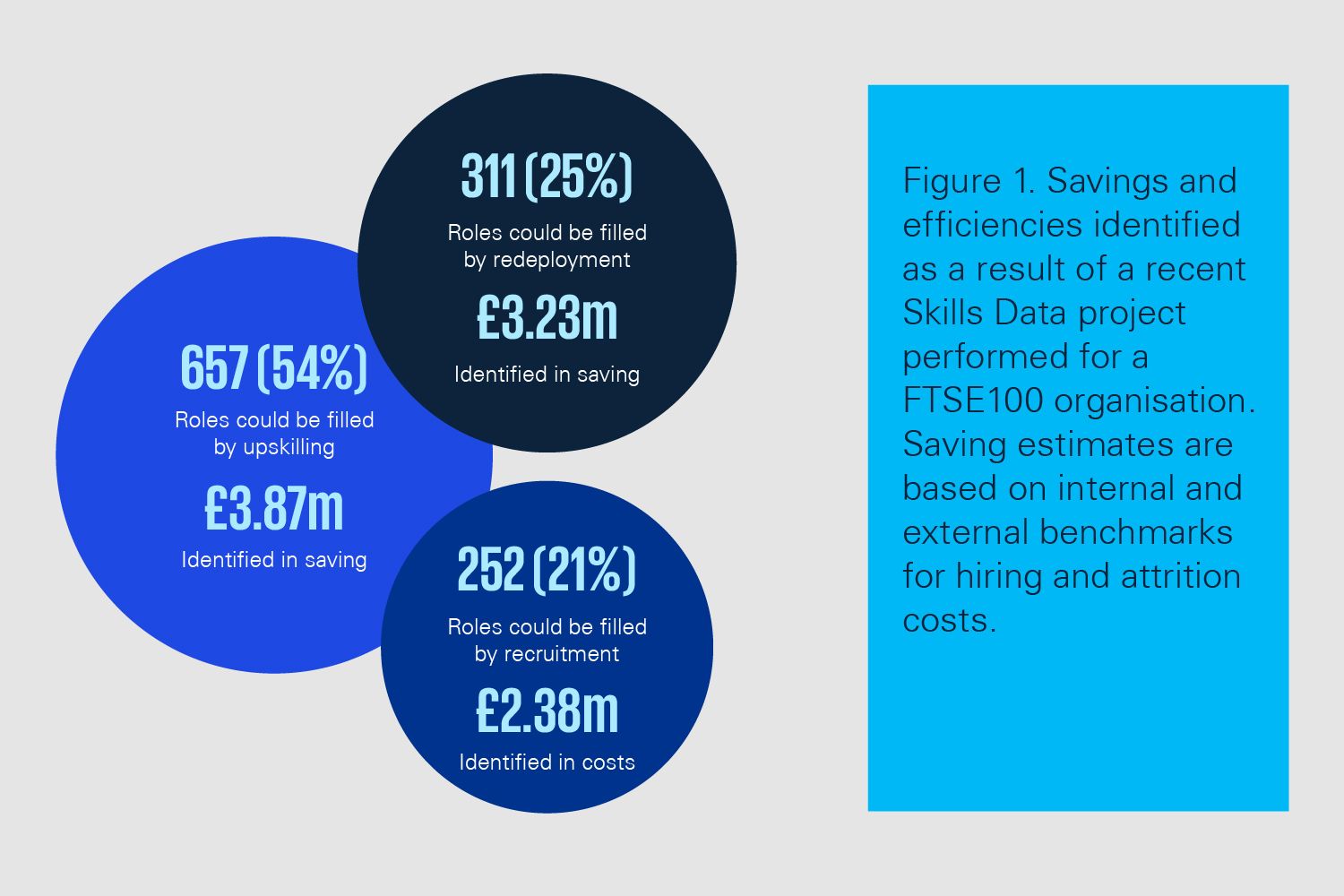You're hiring into jobs, but you're buying skills...
For many people professionals the loudest questions being asked today relate to the skills of the workforce. Skills are on the agenda at the top table and the opportunity for HR to enhance its role there is clear. Having helped some of our most advanced organisations on this journey, here's what we've learned about how to succeed and what pitfalls to avoid.
Sound familiar? Skills are being discussed at the top table...

What skills do we need to succeed in 2026?
What are the skills mix in our best performing teams today?
What's the gap between the skills we have and the skills we need?
How do we most efficiently close our skills gaps?

In a world that is digitising and automating at an ever-faster pace while also facing into disruption across technological, economic and geopolitical frontiers, workforce skills are not just strategically relevant but existentially important. It's no longer just about job titles and traditional roles; it's about planning and managing workforce comprising a diverse, fluid set of skills and channeling the deployment and development of those skills in the optimal way.
Across our engagements with FTSE100 clients, we find that over half of internal job postings are asking for a skillset which can be filled internally, after some limited reskilling, by someone not currently performing that role. When recruitment is struggling to fill roles externally and compromising on talent, we see this as a golden opportunity to target an often sizable learning spend on a demonstrable return - it just needs robust workforce skills data to achieve. In fact, the opportunity of going "skills-based" across a broad range of KPls - recruitment cost. internal fill rate, regretted attrition, open positions, time-to-hire, learning Rol - cannot be understated
The challenge then comes in creating and managing a new skills data capability to seize this opportunity - and to be honest it remains a developing discipline. Read on for some of our learnings to help you on the way.

Where can I find skills data?
Whether in talent acquisition, reward structures, learning initiatives, or business operations—one often neglected treasure is the wealth of skills data already residing within your organisation. In the emerging world, AI is accelerating our ability to transform fragmented data into a dynamic 'skills ecosystem' that can be leveraged to gain competitive advantage. Here's our nudge to kickstart your skills ecosystem thoroughly examine where your skills data currently resides within your systems; there is more than you think.
Chances are, skills data is already scattered across your organisation’s job profiles, resumes, talent & learning profiles, career frameworks, and productivity systems, actively utilised by employees, leaders, and HR – but in an un-managed, incoherent way. You probably have the constituent parts for a skills-linked job architecture (list of skills required to perform jobs) and employee skill inventory (list of skills acquired by employees), and you can unleash some powerful AI on these constituent parts to take the pain out of bringing the data under control.
How do I structure skills data?
There are 3 core data foundations to the skills data ecoystem
- Skills Taxonomy
A list of all the skills required for all jobs across the organisation, organised into a hierarchical structure. This results in a comprehensive list of skills that can be rolled up into larger ‘clusters’ of skills for easier analysis at the org level.
- Job: Skill Mappings
The skills required and/or currently performed by each job profile. Using AI, skills are inferred from job profile names, job descriptions, and market data.
- Skill Inventory
Each employee’s personal skills, usually validated by the employee themselves. Most employees should have overlapping skills with their job profiles; however, they may not have all the skills required for their job (which can help identify upskilling requirements) and they may have additional skills not required for their job profile, but gained over the course of their career.



